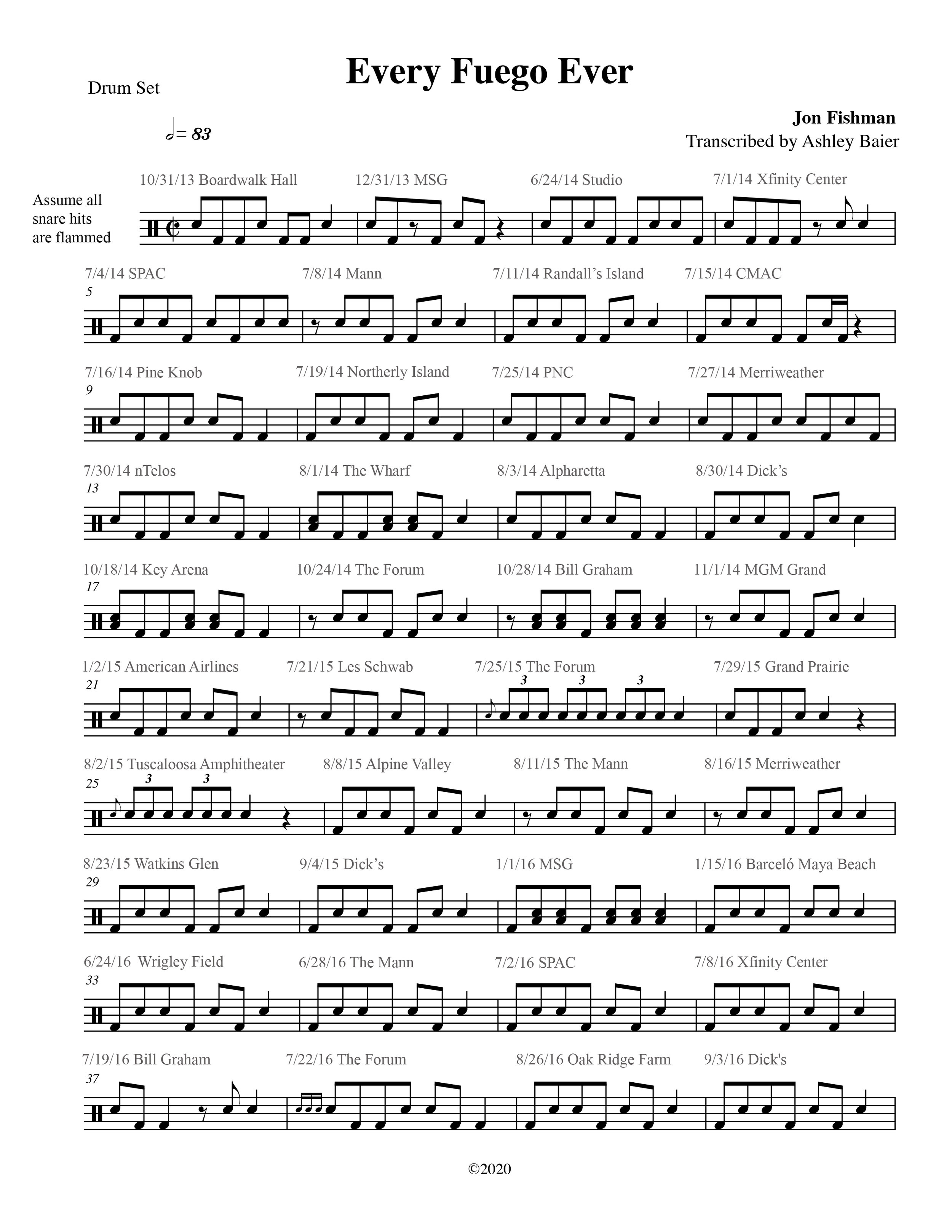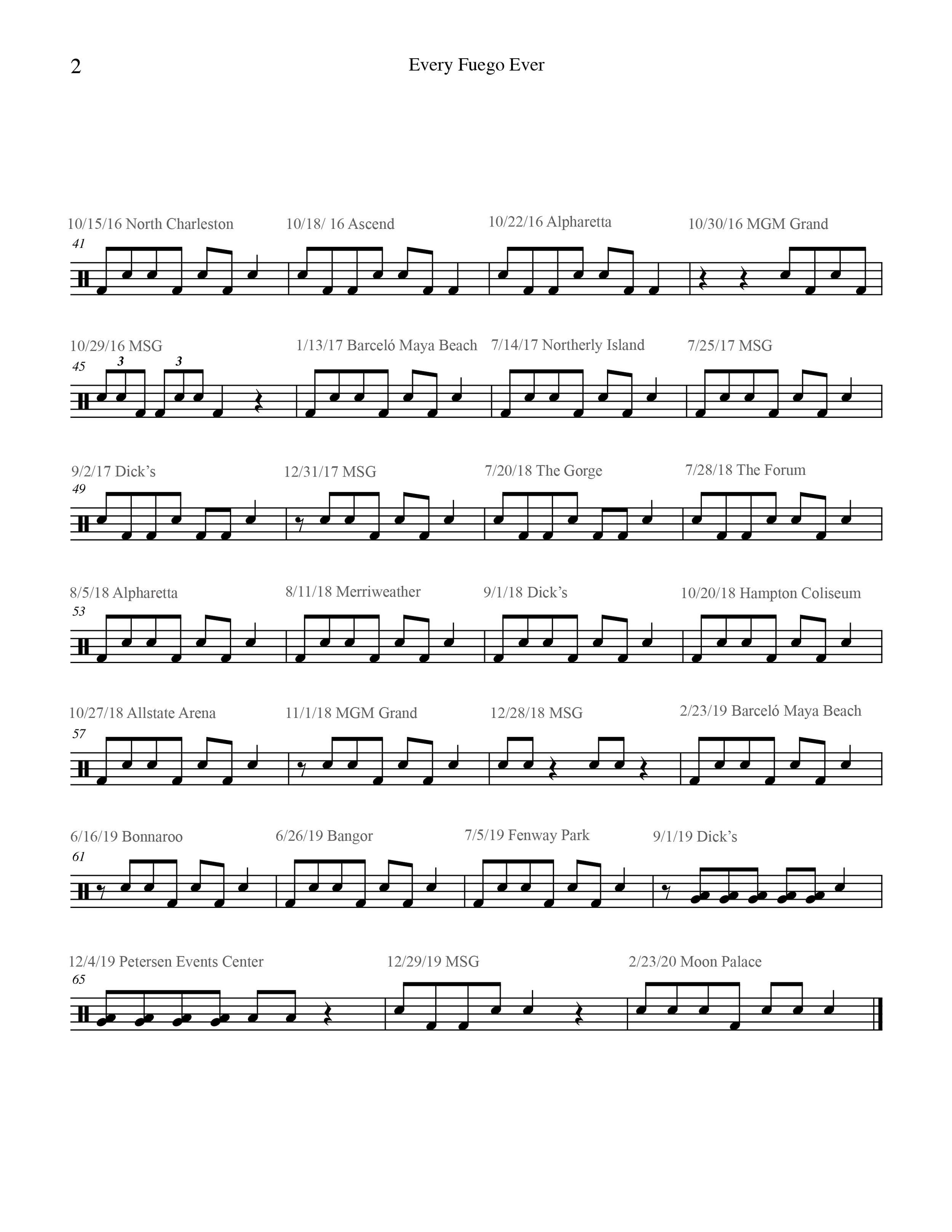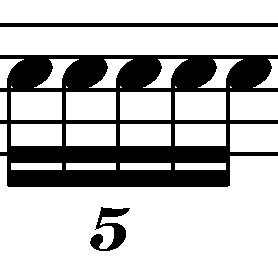Every Fuego Ever
/In 2014, Phish released its 13th studio album, Fuego, and the title track is a tour de force of drumming. In just over nine minutes, Jon Fishman takes the listener on a journey through a ’50 Ways To Leave Your Lover’ inspired groove and blistering drum n bass before setting up a singalong shout course with the type of mighty fill that drummers dream of playing in front of thousands in a rock arena. I transcribed every version of that fill and turned it into a drum exercise.
This piece has been a long time coming and was truly only possible due to the downtime I was afforded by the pandemic. Though the article was originally written to be published in a certain drum magazine that dropped off the face of the Earth, Phish.net was happy to publish it, so I updated the text to make it Phish-ier which is truly a language of its own! Check out the full blog here. While you’re there, please consider making a donation to The Mockingbird Foundation, a non-profit organization operated by Phish fans, dedicated to improving access to music education for America’s youth.
Download the sheet music here.
Here’s the video of the transcription. Stay tuned to the end for ways to apply this exercise to the drum set:












